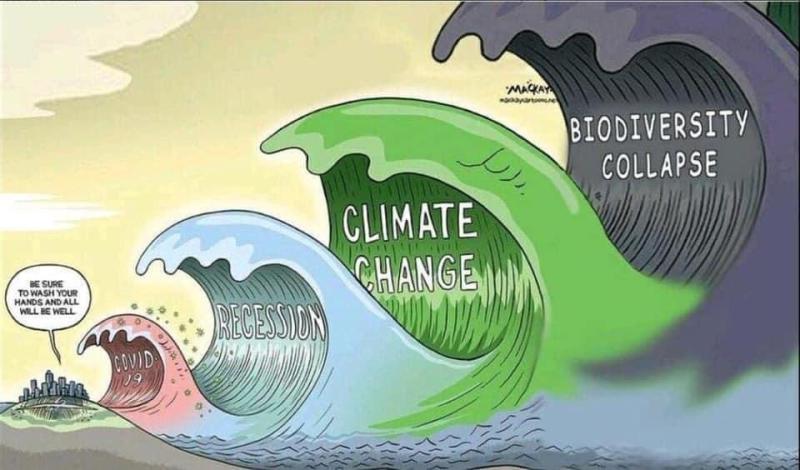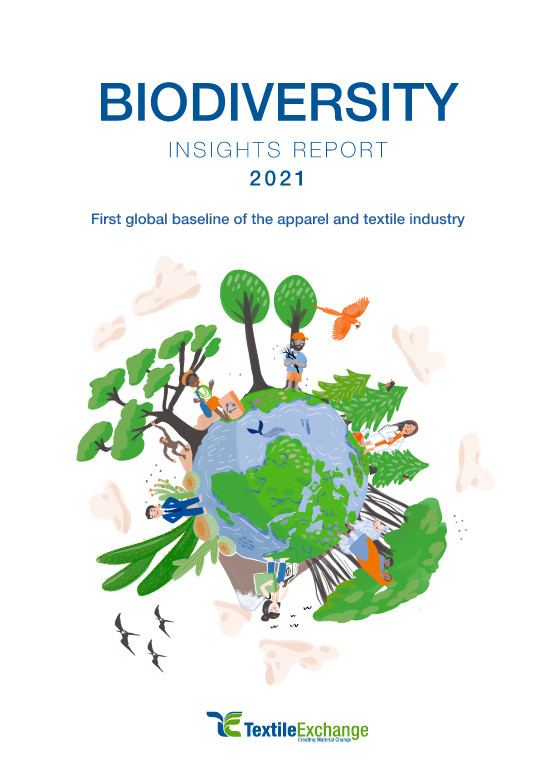
Textile Exchange recently launched their (first ever) Biodiversity Insights Report. In itself not a bad idea per se – after all, assessing the staus quo of things is at least a baseline – the report is indeed ‘insightful’ in a number of ways.
Sidenote: the report only looks at merely the fashion and textile industry.
However, the results are probably a reasonably good proxy for most industries where there are a good number of large and global players that represent the top of the iceberg; and huge amount of companies that are small to very small and represent that part of the iceberg that is not visible to the naked eye.
Questions, Questions, Questions
Looking at the above mentioned report, raises a range of issues and questions:
150 companies participated – nearly all of them very large global players, nearly all of them brands or retailers.
And with that also companies that by definition have resources (read: money, or networks, or expertise etc) for thorough deep dives into any relevant topics if to choose to declare it relevant.
But what about the huge bell curve of smaller and small companies who have not? Manufacturers, notably many of which find themselves in heavily affected areas. What does the report say about them?
–> [Answer: most likely, very little, if anything at all].
Most of those responding to the analysis survey recognised the (long-term!) relevance of biodiversity. And yet, judging form the approaches applied to ‘do’ anything about it: not dissimilar to climate change only a few short years ago, the urgency is lacking. Hence, preciously little is done. Why is that.
–> [Answer: Absence of pressure of any type, be it regulatory, from the consumer or from campaign organisation]
The tangible actions that are being taken – again: not much around to start with – are further based on inadequate tools and methods in most cases Given how much money is invested every year in expensive optimisations of reporting and compliance management systems, how come?
–> [Answer: Lack of priority. What you cannot measure you cannot manage, and most likely in this case there is an absence of desire to actually manage biodiversity impacts].
But even more: some of the tools that are being used, only at a push (and with a fair amount of both goodwill and fantasy) qualify for ‘applicable to biodiversity standards’. Certifications for fibres of different types for example where never designed to address biodiversity issues. They barely manage to offer a scalable approach to basic traceability. But why do they use them nonetheless?
–> [Answer: Because their use has never been about biodiversity, but due to a myriad of other reasons that reach from avoiding blatant animal abuse to ensuring more ecologically sound cotton not just being grown but finding markets. But trying to squeeze some biodiversity results out of them is a ‘better than nothing’ approach, and is indeed being used as such.]
And then there is the transparency / traceability aspect. And it is just adding insult to injury. Biodiversity has a lot to do with local eco-systems and their integrity. Therefore, it is important, neigh unavoidable, to be close to where the action happens. And yet – most companies at best have an idea from what country their materials etc come from. Nothing more fine granular than that. How come such paradox does not raise more concern?
–> [Answer: Because it is not a new paradox. It is the same paradox at the root of creating fair labour conditions for workers in different parts of the supply chain; at the root of ensuring water resources are used adequately. Granularity requires effort of getting to know the actual whereabouts. That’s both, hard and expensive. Both aspects that for most companies are only justified if it is for their own and direct benefit.]
A Baseline is at Least a Start …
There are further points that could be looked into and questions raised.
However, the important point here is: The report is very insightful. Too insightful one could argue. It clearly shows the rather dire state of things as they are. But it lowers the veil of courtesy and generosity over the stark reality behind it: Even the biggest players in the fashion and textile industry run their biodiversity programmes on a shoestring, and it shoes in their achievements (and lack thereof). But what about that large bell curve of SMEs in that space? It’s frightening.
Other industries won’t look any better, no doubt about that. So, at least one could argue that thanks to the report we know where the status quo is for the fashion and textile space. And a baseline is at least a tangible set of insights. However depressing those may be.


